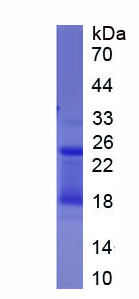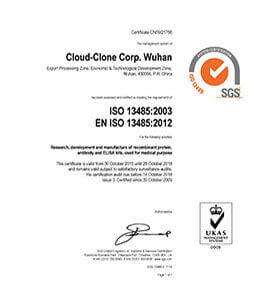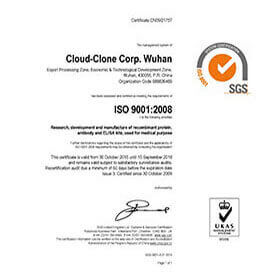Active Cluster Of Differentiation 38 (CD38)
cADPRH; ADPRC 1; c-ADPRH; T10; p45; 2'-phospho-ADP-ribosyl cyclase/2'-phospho-cyclic-ADP-ribose transferase; ADP-ribosyl cyclase 1
- Product No.APA752Hu61
- Organism SpeciesHomo sapiens (Human) Same name, Different species.
- Buffer FormulationPBS, pH7.4, containing 5% Trehalose.
- Traits Freeze-dried powder
- Purity> 80%
- Isoelectric Point6.2
- ApplicationsCell culture; Activity Assays.
- DownloadInstruction Manual
- UOM 10µg50µg 200µg 1mg 5mg
- FOB
US$ 328
US$ 821
US$ 1642
US$ 4926
US$ 12315
For more details, please contact local distributors!
ACTIVITY TEST
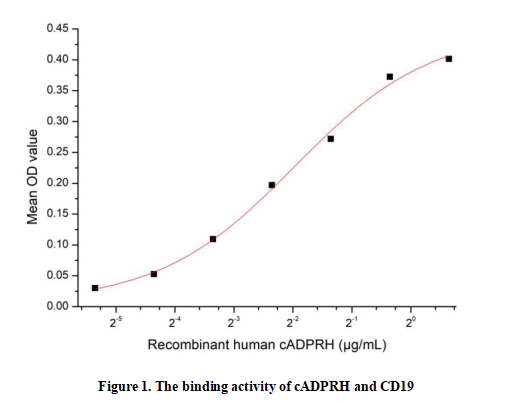
Cyclic ADP Ribose Hydrolase (cADPRH), commonly known as CD38, is a multifunctional enzyme widely expressed on various cell surfaces. Its primary function involves catalyzing the synthesis and hydrolysis of cyclic ADP-ribose (cADPR) from NAD⁺. cADPR is a crucial secondary messenger that mobilizes calcium ions from intracellular stores, thereby playing a vital role in regulating calcium signaling. This process is essential for numerous physiological functions, including immune response, insulin secretion, and neural signaling. CD38's involvement in calcium homeostasis links it to metabolic diseases, aging, and immune disorders. Furthermore, it serves as a cell surface marker in hematological malignancies and is a target for therapeutic antibodies.Besides,CD19 has been identified as an interactor of cADPRH, thus a functional binding ELISA assay was conducted to detect the interaction of recombinant human cADPRH and recombinant human CD19. Briefly, biotin-linked cADPRH were diluted serially in PBS, with 0.01% BSA (pH 7.4). Duplicate samples of 100µl were then transferred to CD19-coated microtiter wells and incubated for 1h at 37℃. Wells were washed with PBST 3 times and incubation with Streptavidin-HRP for 30min, then wells were aspirated and washed 5 times. With the addition of substrate solution, wells were incubated 15-25 minutes at 37℃. Finally, add 50µl stop solution to the wells and read at 450nm immediately. The binding activity of cADPRH and CD19 was shown in Figure 1, the EC50 for this effect is 0.25497µg/mL.
USAGE
Reconstitute in 10mM PBS (pH7.4) to a concentration of 0.1-1.0 mg/mL. Do not vortex.
STORAGE
Avoid repeated freeze/thaw cycles. Store at 2-8°C for one month. Aliquot and store at -80°C for 12 months.
STABILITY
The thermal stability is described by the loss rate. The loss rate was determined by accelerated thermal degradation test, that is, incubate the protein at 37°C for 48h, and no obvious degradation and precipitation were observed. The loss rate is less than 5% within the expiration date under appropriate storage condition.
GIVEAWAYS
INCREMENT SERVICES
-
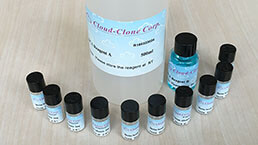 BCA Protein Quantification Kit
BCA Protein Quantification Kit
-
 Molecular Mass Marker for Protein
Molecular Mass Marker for Protein
-
 Monoclonal Antibody Customized Service
Monoclonal Antibody Customized Service
-
 Polyclonal Antibody Customized Service
Polyclonal Antibody Customized Service
-
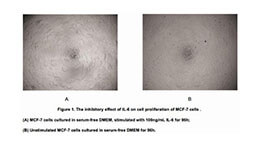 Protein Activity Test Experiment Service
Protein Activity Test Experiment Service
-
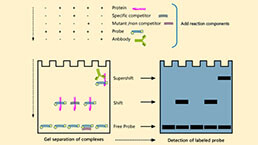 Electrophoretic Mobility Shift Assay (EMSA) Experiment Service
Electrophoretic Mobility Shift Assay (EMSA) Experiment Service
-
 Buffer
Buffer
-
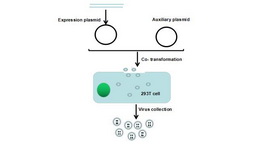 Lentivirus Packaging Experiment Service
Lentivirus Packaging Experiment Service
-
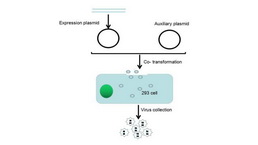 Adenovirus Packaging Experiment Service
Adenovirus Packaging Experiment Service
-
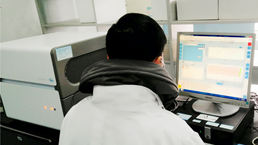 Real Time PCR Experimental Service
Real Time PCR Experimental Service
-
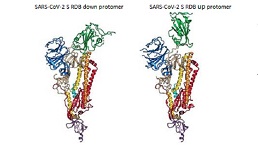 Spike RBD Protein (S-RBD)
Spike RBD Protein (S-RBD)
-
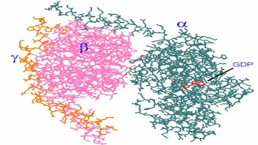 Protein G
Protein G
-
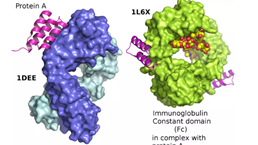 Protein A
Protein A
| Magazine | Citations |
| Neurological Research | Increased hippocampal CD38 and systemic inflammation after partial hepatectomy does not indu pubmed:27724820 |


